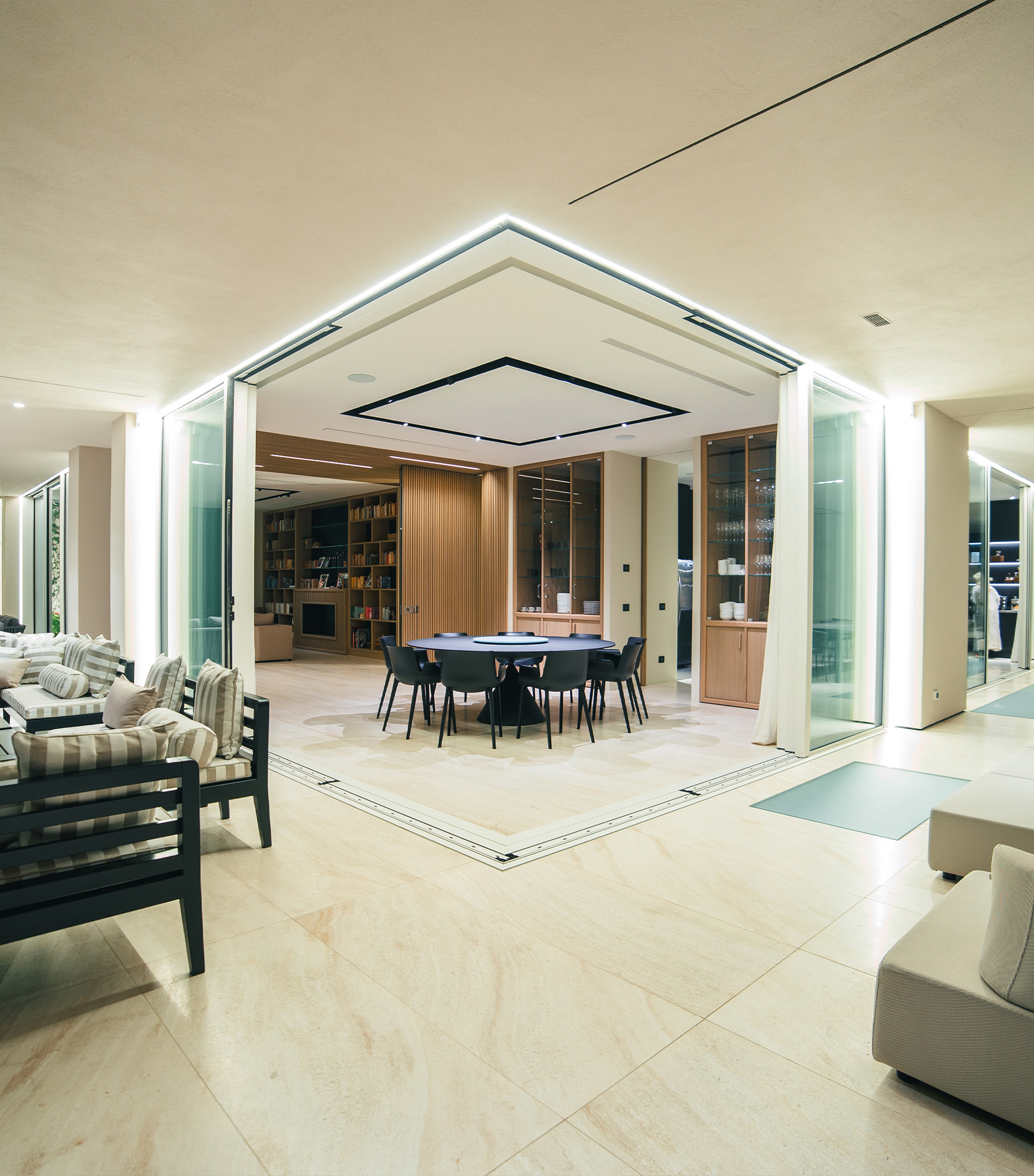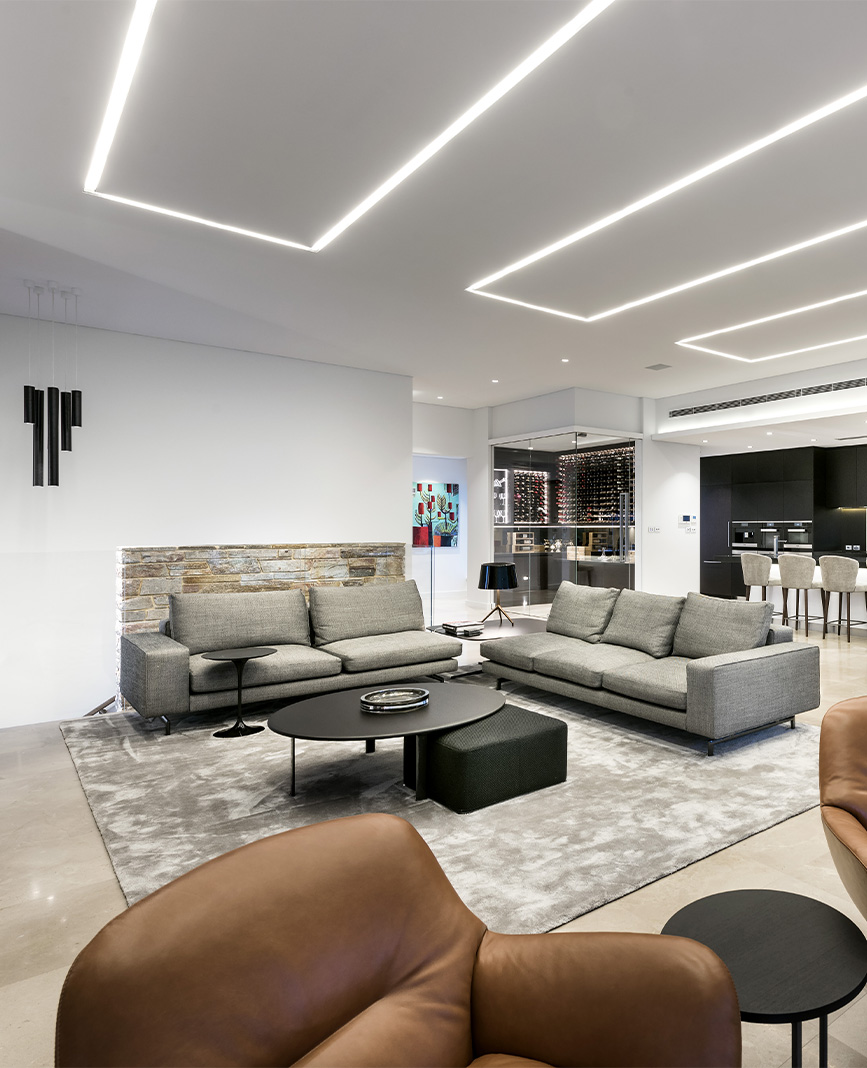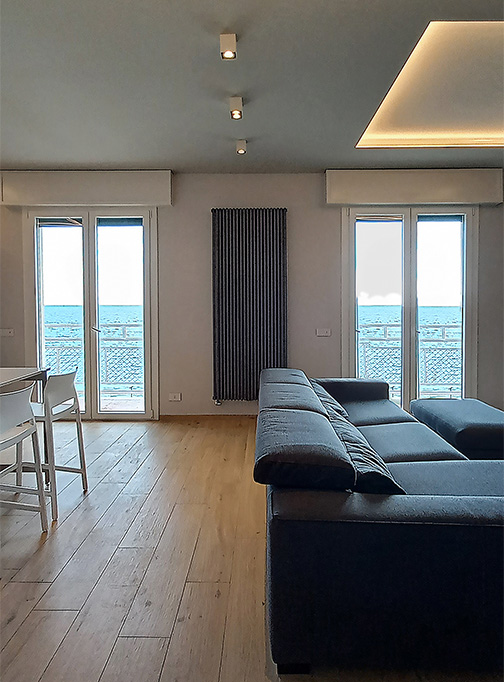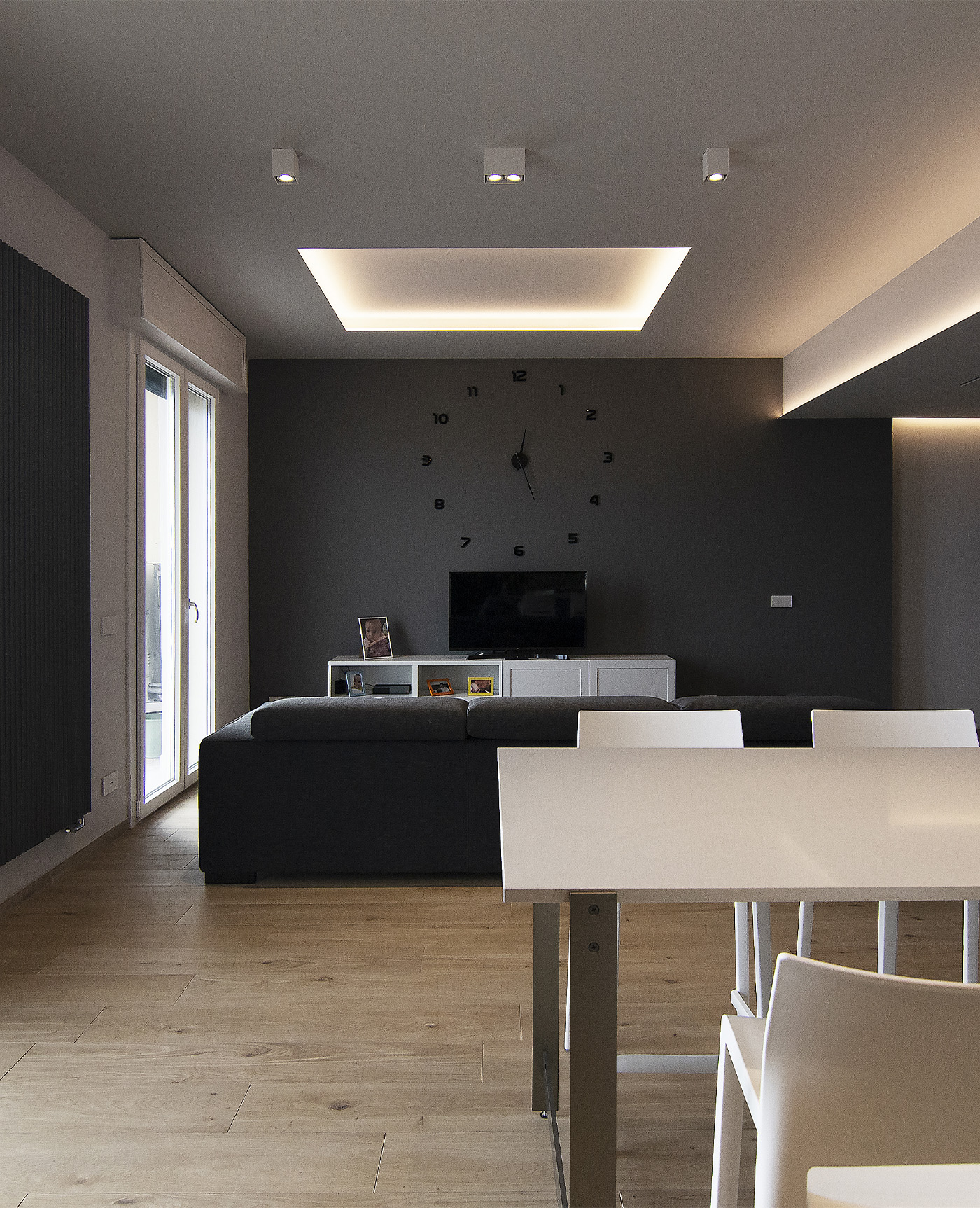How to choose light points in the home
Lighting Design is the key to interior design: light is an integral part of furnishings, fundamental from an aesthetic and functional point of view.
It is important to study the lighting concept, as early as the design phase of a building: the right position and the quantity of light points affect the proper lighting of rooms and visual and living comfort.
What are light points?
The light point represents the point where electricity is delivered: it is usually the point that coincides with the positioning of the light fixture, for example, the pendant luminaire on a dining table or a wall lamp. However, the use of false ceilings makes the light point concept much more flexible, being able to conceal cables and power supplies, benefiting great freedom in lighting design.


How to place light points in the home?
To avoid mistakes, it is essential to rely on professionals, such as Novalux, who will draw up an accurate and careful lighting design for each room in the house.
Indeed, a number of crucial aspects need to be taken into account, such as light balance, light intensity, contrasts, the position of the luminaires, the choice of the type of luminaires to be installed, and the management system. This is a task that requires expertise, professionalism and experience, one can hardly rely on DIY.
Novalux is always ready to welcome projects, ideas, visions and requests.

Lighting design is the key to interior design.

How to choose the type of lighting
After choosing the location and number of light points, one should choose the type of lighting. This depends on the type of light we wish to have in each room.
Diffused light
Diffused light is represented by a light fixture that emits uniform light irradiation within the room. It is the solution by which, the surfaces of walls and furniture show less imperfections and the eyesight is not strained by the difference in brightness between different areas. For example, it is ideal for general lighting in the living area and kitchen or as central lighting in the bedroom, using recessed LED strips for minimal visual impact, or direct light-emitting fixtures such as HALOS and ROTO.
Indirect light
This type of lighting is intended to create a soft atmosphere with a high degree of visual comfort. The light source is never visible; what comes out, for example, is the ceiling to be enhanced, an effect rendered with HERO B, featuring indirect emission, or the matter of the wall under the grazing light of the profile CARTOON LIGHT A-70, having asymmetrical emission.
Targeted light
Targeted light is designed specifically to illuminate certain areas of the room, such as the worktop or dining table in the kitchen, the reading corner in the bedroom or living room. We suggest spotlights, such as OWL, with one or two lights, or adjustable spots such as those from HALOS SPOT.